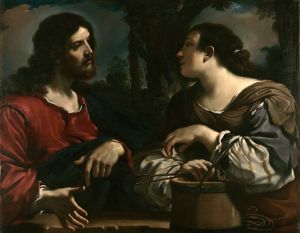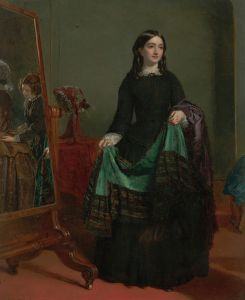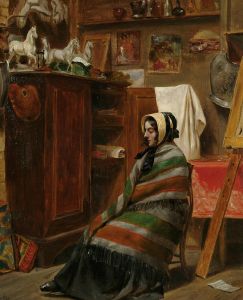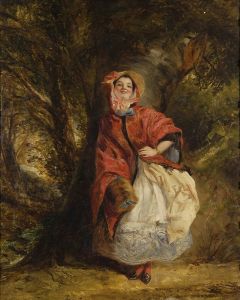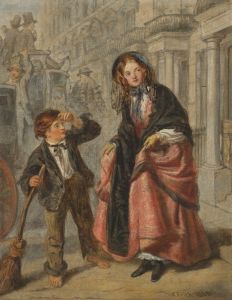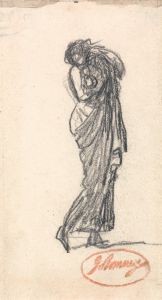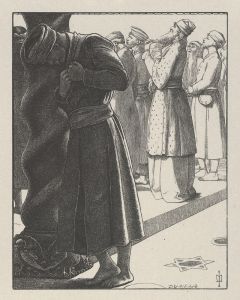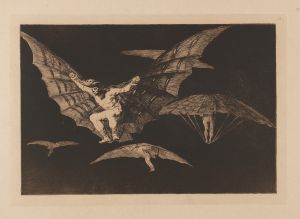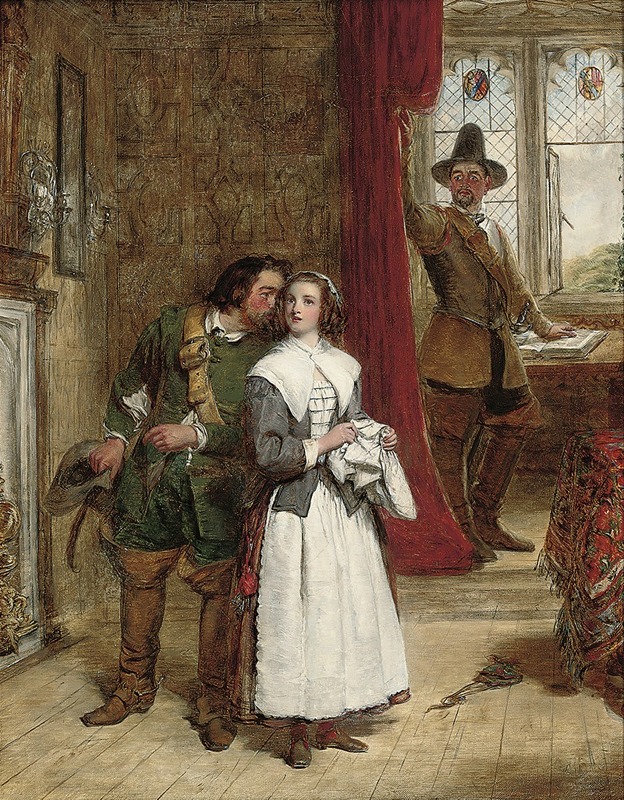
The puritan’s daughter
A hand-painted replica of William Powell Frith’s masterpiece The puritan’s daughter, meticulously crafted by professional artists to capture the true essence of the original. Each piece is created with museum-quality canvas and rare mineral pigments, carefully painted by experienced artists with delicate brushstrokes and rich, layered colors to perfectly recreate the texture of the original artwork. Unlike machine-printed reproductions, this hand-painted version brings the painting to life, infused with the artist’s emotions and skill in every stroke. Whether for personal collection or home decoration, it instantly elevates the artistic atmosphere of any space.
"The Puritan’s Daughter" is a painting by the English artist William Powell Frith, created in 1886. Frith was a prominent Victorian painter known for his detailed and narrative-rich works, often depicting scenes of contemporary life and historical subjects.
William Powell Frith was born on January 19, 1819, in Aldfield, North Yorkshire, England. He studied at the Royal Academy Schools in London and became a full member of the Royal Academy in 1853. Frith gained significant recognition for his genre paintings, which vividly captured the social dynamics and everyday life of the Victorian era. Some of his most famous works include "Derby Day" (1856-1858) and "The Railway Station" (1862).
"The Puritan’s Daughter" reflects Frith's interest in historical and literary themes. The painting portrays a young woman, presumably the daughter of a Puritan, a member of a group of English Protestants in the 16th and 17th centuries who sought to purify the Church of England from Roman Catholic practices. The Puritans were known for their strict religious discipline and austere lifestyle.
In the painting, the Puritan’s daughter is depicted in a modest, dark-colored dress, consistent with the Puritan ethos of simplicity and modesty. She is shown in an interior setting, which is sparsely decorated, further emphasizing the Puritan values of simplicity and restraint. The young woman’s expression and posture convey a sense of quiet dignity and introspection, characteristic of the Puritanical emphasis on piety and inner reflection.
Frith's attention to detail is evident in the careful rendering of the textures and fabrics, as well as the subtle play of light and shadow, which adds depth and realism to the scene. The painting captures a moment of stillness and contemplation, inviting the viewer to reflect on the inner life and moral convictions of the subject.
"The Puritan’s Daughter" is part of Frith's broader body of work that explores the complexities of human character and social conditions. While not as widely known as some of his other paintings, it remains a testament to his skill in combining narrative content with meticulous craftsmanship.
Frith continued to paint and exhibit his works until his death on November 2, 1909. His contributions to Victorian art have been celebrated for their detailed observation and ability to capture the essence of the period. "The Puritan’s Daughter" stands as an example of his ability to convey historical and cultural themes through the medium of painting.






